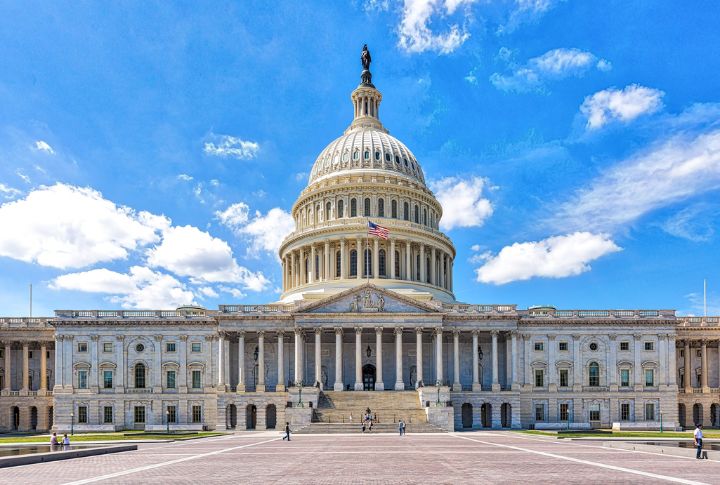
There’s something thrilling about knowing what others don’t, especially when it comes to places of power. Famous political buildings might seem all business on the surface, but they conceal spaces made for secrecy. If you want to peek beyond the curtain, these secret features have stories you definitely didn’t hear in civics class.
White House Hidden Bunker
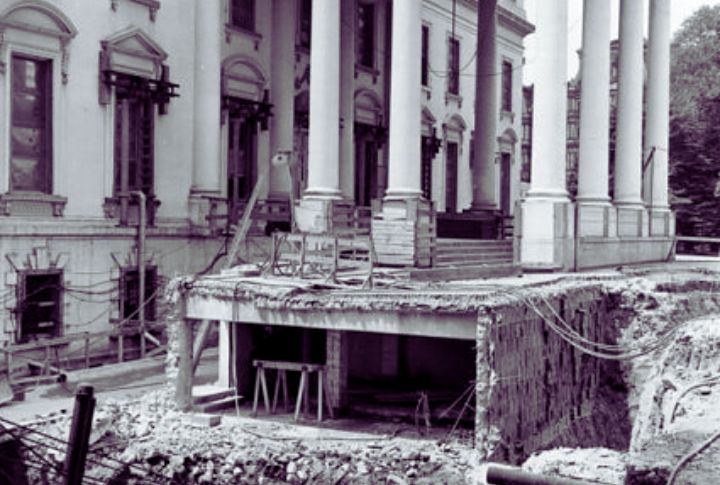
Most strolling past the East Wing have no idea there’s a hardened facility below. The Presidential Emergency Operations Center, built during WWII, remains classified. It famously sheltered Vice President Cheney on 9/11, making it Washington’s most secure, unspoken hideout.
Peacock Room Beneath Indian Parliament
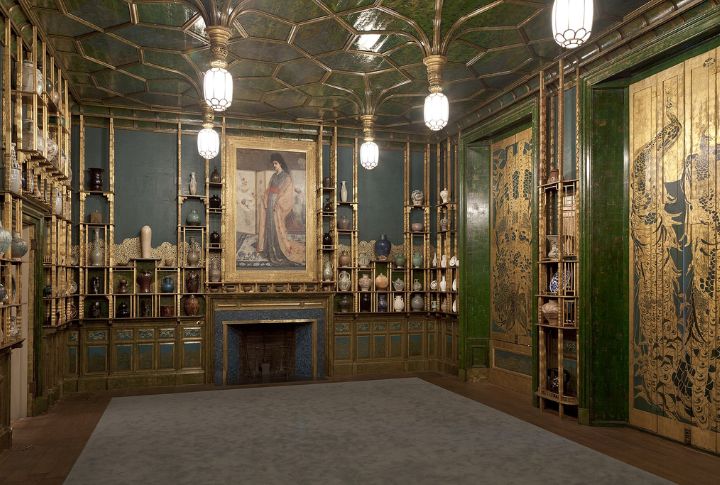
Beneath India’s Parliament House lies a room adorned with peacock motifs and mirrors. Built for Cold War-era diplomacy, it reportedly hosted secret Soviet talks. Today, access is restricted, accompanied by whispers of keys and names. Journalists still hint at its continued existence.
Secret Chapel In Westminster
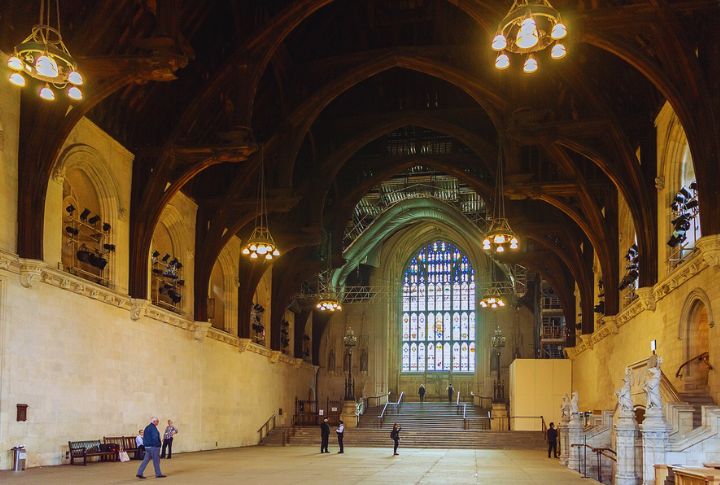
Inside Westminster Hall, a faint echo might be the prayers of history. Under the floorboards lies St. Mary Undercroft, a revived crypt chapel in Gothic elegance. Rarely noticed yet rich in wonder, it’s occasionally used for ceremonies, blending reverence and secrecy.
Secret Metro Line Under The Kremlin
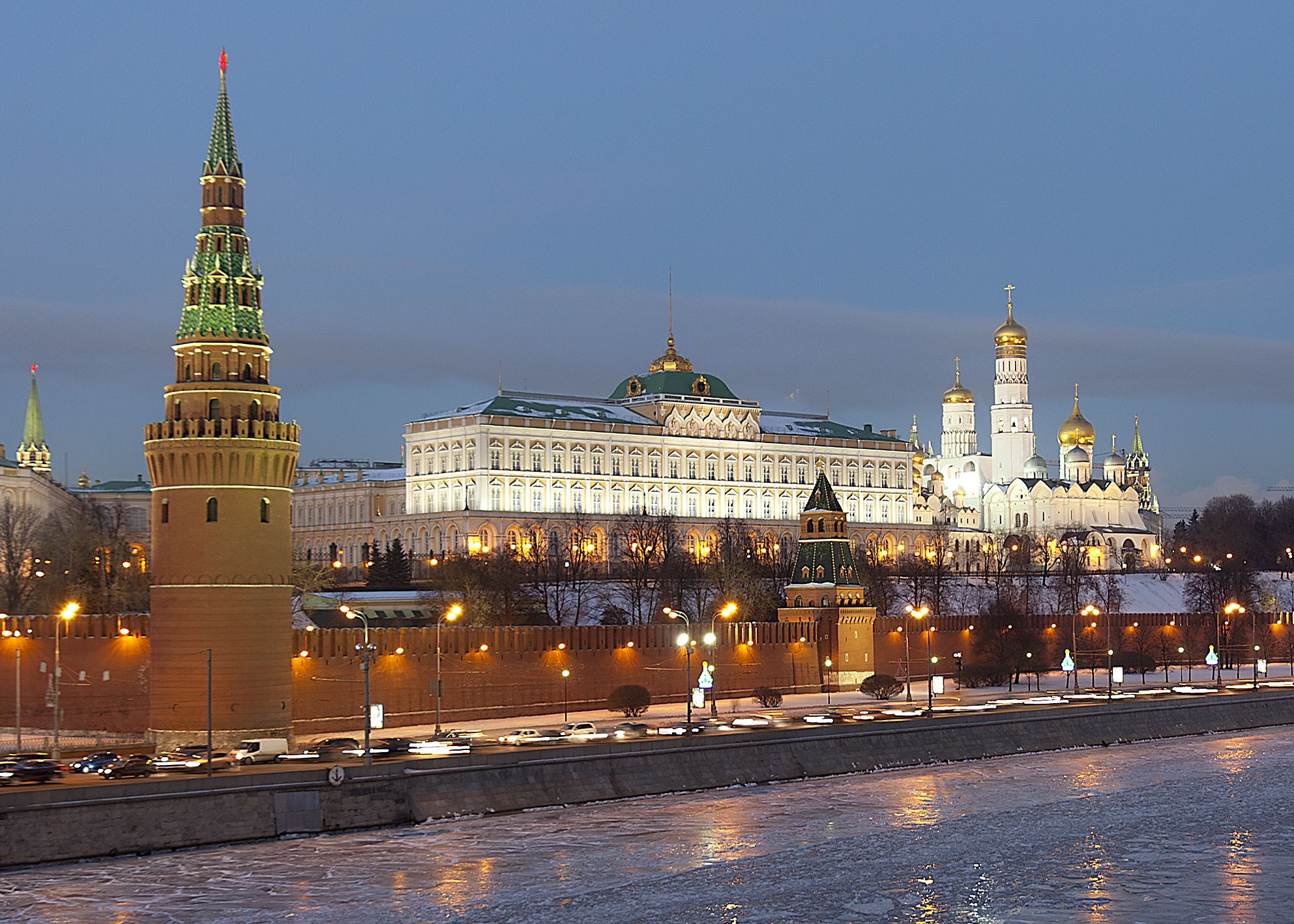
It sounds like a legend, but Moscow whispers otherwise. Metro-2, a secret rail line, allegedly connects the Kremlin to secure outposts. Built under Stalin’s command, its sealed doors and tunnel halts keep theories alive. Some claim it’s still used in high-security moments.
Mysterious Room 6A In The Capitol
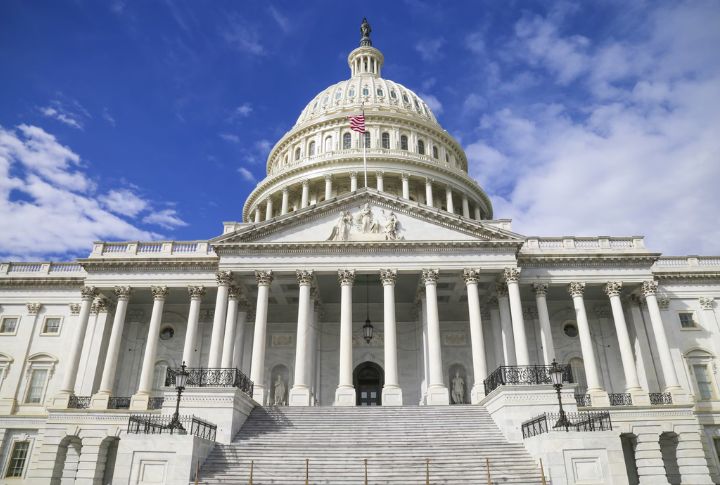
Most maps skip Room 6A, but insiders know that strategy once simmered there. Used in Cold War times, the room housed a Pentagon phone and silent walls. Though unused now, its purpose remains unclear, sparking Capitol historians’ curiosity.
Hidden Doors Inside The Elysee Palace
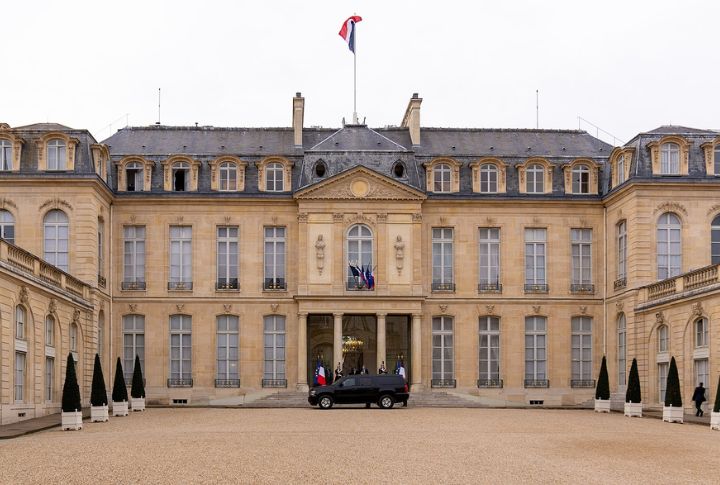
Not everything at the Elysee Palace is meant to be seen. There are hidden doors behind panels that let presidents exit privately during tense moments. One leads to a quiet courtyard. These sneaky escape routes operate even today, helping diplomacy slip through the cracks.
Escape Tunnel Beneath Ottawa Parliament
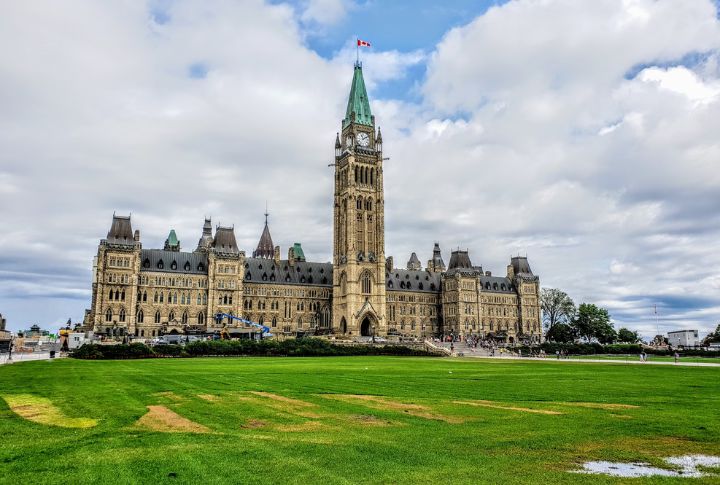
Canada’s Parliament hides a resilient relic. After the 1916 fire, a tunnel was dug under the Centre Block for escape. Though sealed now, it was used to ensure staff safety. Charred blueprints and journals keep the memory alive, and tour guides still reference it.
Secret Passage Of The Vatican
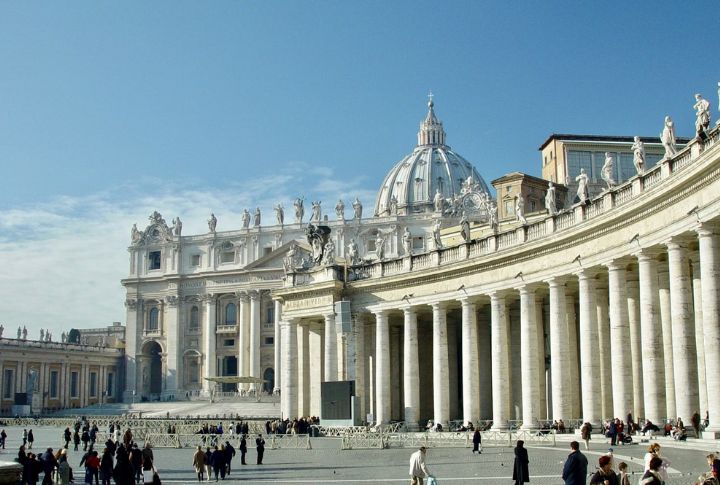
Rarely open now, this passage preserves tales of faith and escape with strategy. Many think it’s a myth, but Il Passetto is real. This stone walkway saved Pope Clement VII during Rome’s 1527 siege. Discreetly perched above the streets, it connects the Vatican to Castel Sant’Angelo.
Spy Nook In The Reichstag

Berlin’s Reichstag holds Cold War secrets. Behind ornate walls, spies allegedly eavesdropped from a concealed alcove. East German operatives monitored conversations until the alcove was sealed after reunification. Though unconfirmed, the room’s silence echoes secrecy and double lives. The story lingers in local lore.
A Vault Hidden In El Capitolio
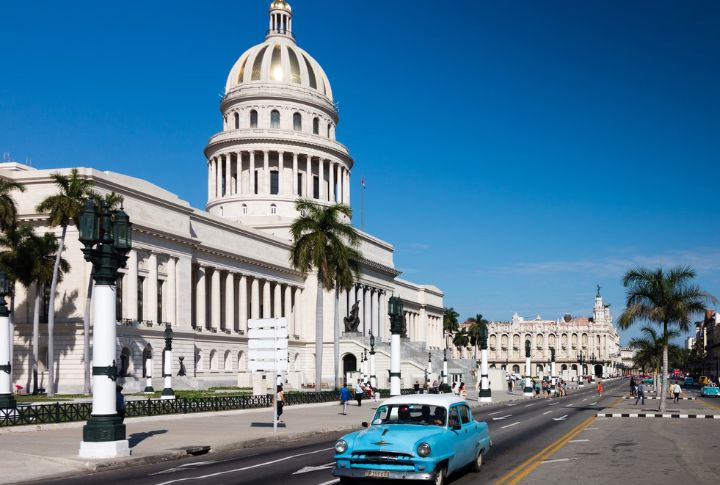
Havana’s El Capitolio may gleam above ground, but a Cold War hideout rests below it. The fortified vault sits quietly with concrete walls and backup systems. It was never used, yet the space remains a powerful symbol of Cuba’s silent readiness during a time of global tension.
Lost Vault In The Illinois Capitol
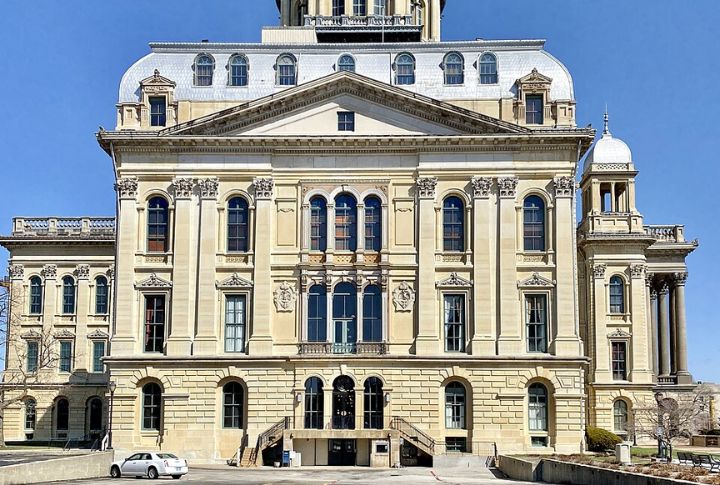
A sealed chamber in the east wing of the Illinois State Capitol was originally built to safeguard Lincoln’s legacy. Intended as an archive, it was abandoned mid-construction and forgotten. Rediscovered during a 21st-century renovation, the vault revealed reinforced walls and raised new questions. Historians now study its contents.
Tunnels Of Rashtrapati Bhavan
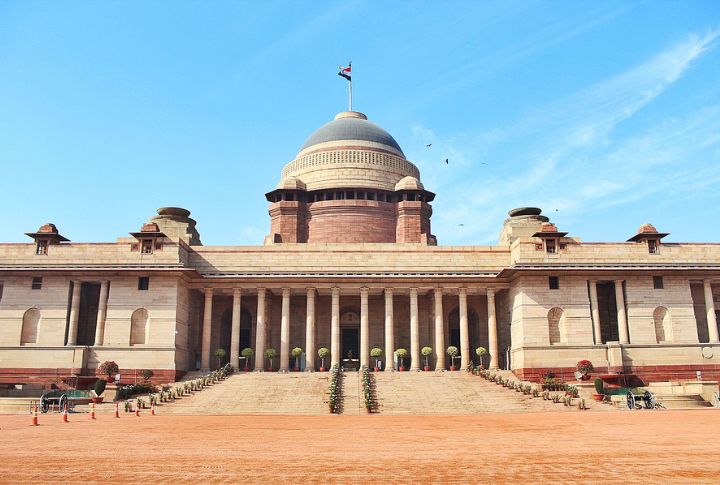
Delhi’s presidential estate holds more than chandeliers. During British rule, tunnels under Rashtrapati Bhavan allowed discreet Viceroy exits. Though blocked, some paths are linked to military hubs. Workers occasionally uncover bricked segments, remnants of a hidden network beneath the grandeur of Indian statecraft.
Vanishing Shaft In The Berlin Chancellery

In Hitler’s former Reich Chancellery, a hidden elevator shaft stood behind a false bookcase. Built for quick exits leading to air raid shelters, it vanished after WWII. Only blueprints and stories remain, and documents point to its presence.
Whisper Staircase In The Stockholm Riksdag

A forgotten stairwell in Stockholm’s Riksdag was designed for secrets, not steps. Engineered for acoustics, voices at the bottom reach the top. Once used for political eavesdropping, it’s now a relic of clever Swedish espionage, confirmed by modern acoustic tests.
Hidden Mahogany Passage In The Tokyo Diet
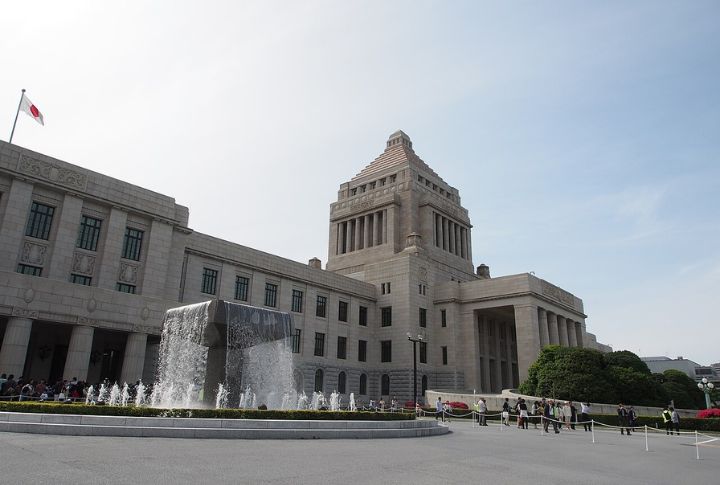
Inside Japan’s National Diet Building, a mahogany-lined corridor hides behind a rotating panel. It led to a quiet teahouse used for political reconciliation in the 1950s. Unknown to most staff today, it’s occasionally recalled in old government memoirs.
A Map Room In Brazil’s Planalto
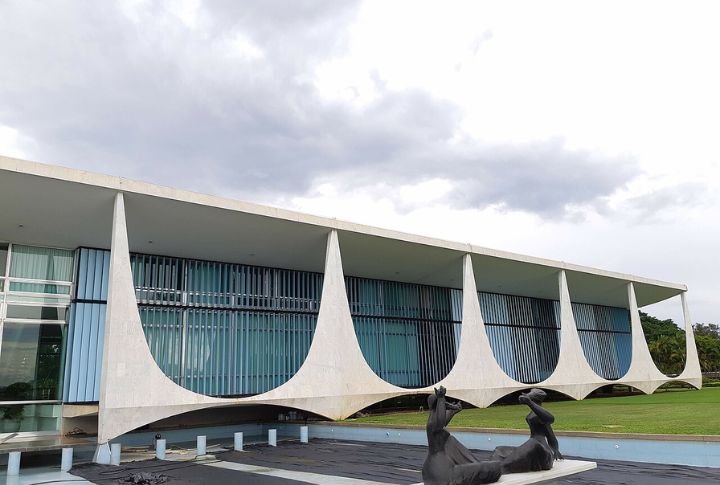
In the Palacio do Planalto, a basement room once tracked potential threats. Built in the 1960s, it displayed maps of troop movements and foreign activity. Though now decommissioned, it’s still visited on high-level nostalgia tours. Cameras aren’t allowed, and its original purpose remains quietly acknowledged.
Soundproof Sand Room In Abdeen Palace
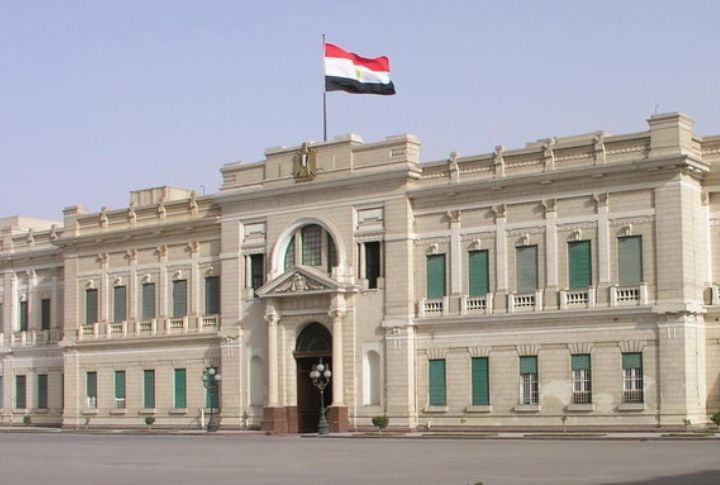
Below Abdeen Palace sits a room filled with desert sand. Not for decoration, it absorbed sound and shocks to stop tunneling. Now, it’s a sandy time capsule under Egypt’s regal structure, rarely seen but still preserved in royal blueprints.
Attic Hideaway In Canberra Parliament
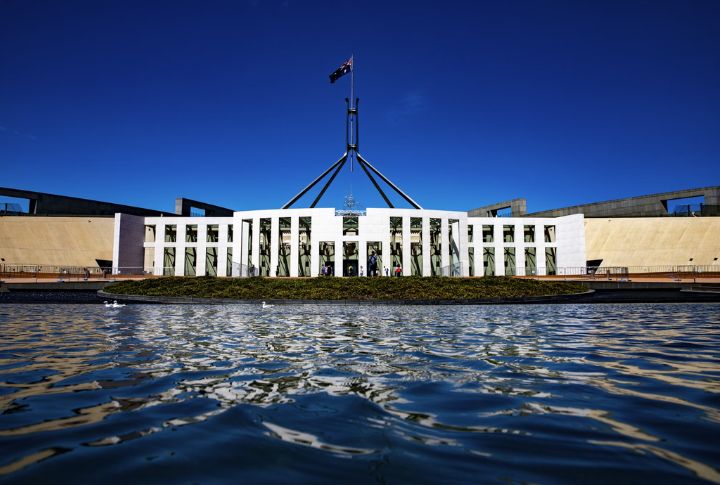
Parliament House in Australia hides a quirky attic that was used for briefings earlier. Past prime ministers accessed it via a pull-down ladder. With rotary phones and dusty files, it feels like a forgotten lounge. Occasionally, archivists explore its outmoded charm.
Mirror Vault Inside Mexico’s Palace
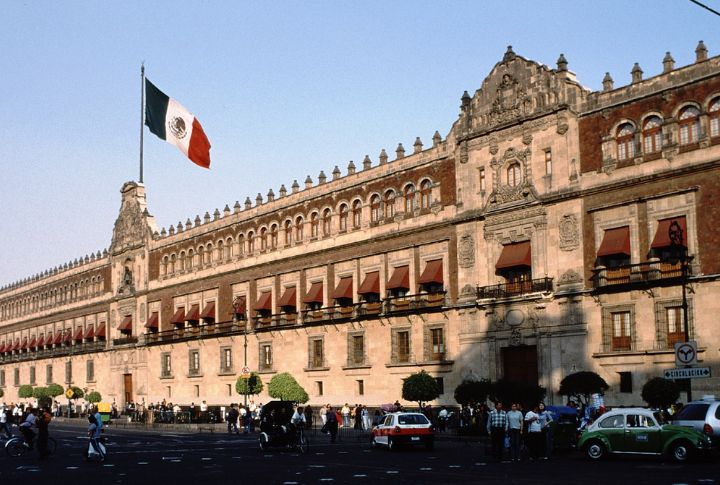
Mexico’s Palacio Nacional houses a chamber with one-way mirrors built for undetected meeting surveillance. Created amid political paranoia, it’s both eerie and elegant. Only a few advisers knew of it, and some old blueprints still suggest its location.
Royal Tunnel Beneath Oslo Parliament
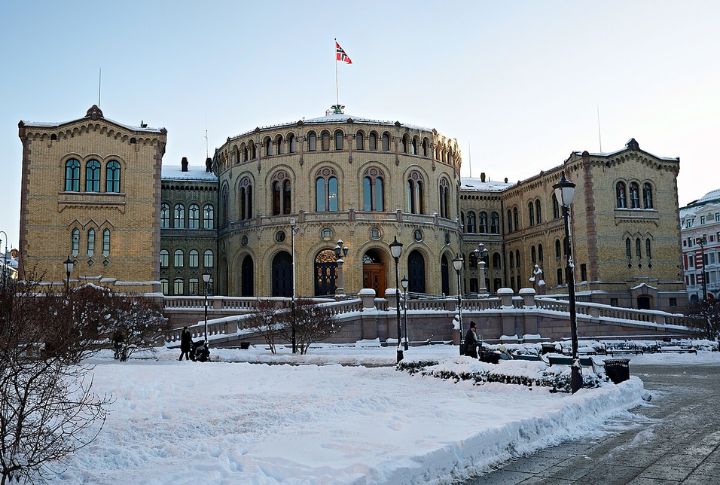
Beneath Norway’s Parliament lies a narrow tunnel that once connected to the Royal Palace. Built during the Nazi occupation, it served as an emergency passage. Though now sealed, its path still appears in official plans, and some sections remain maintained even today.

